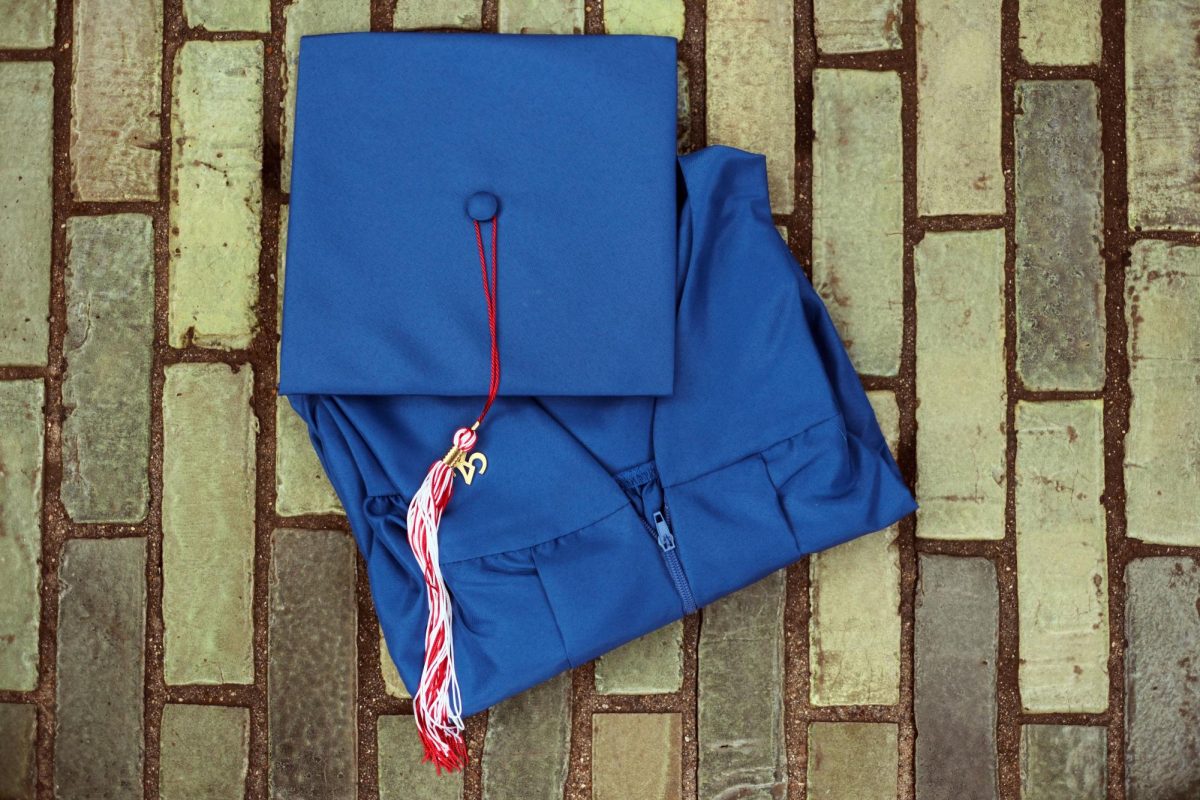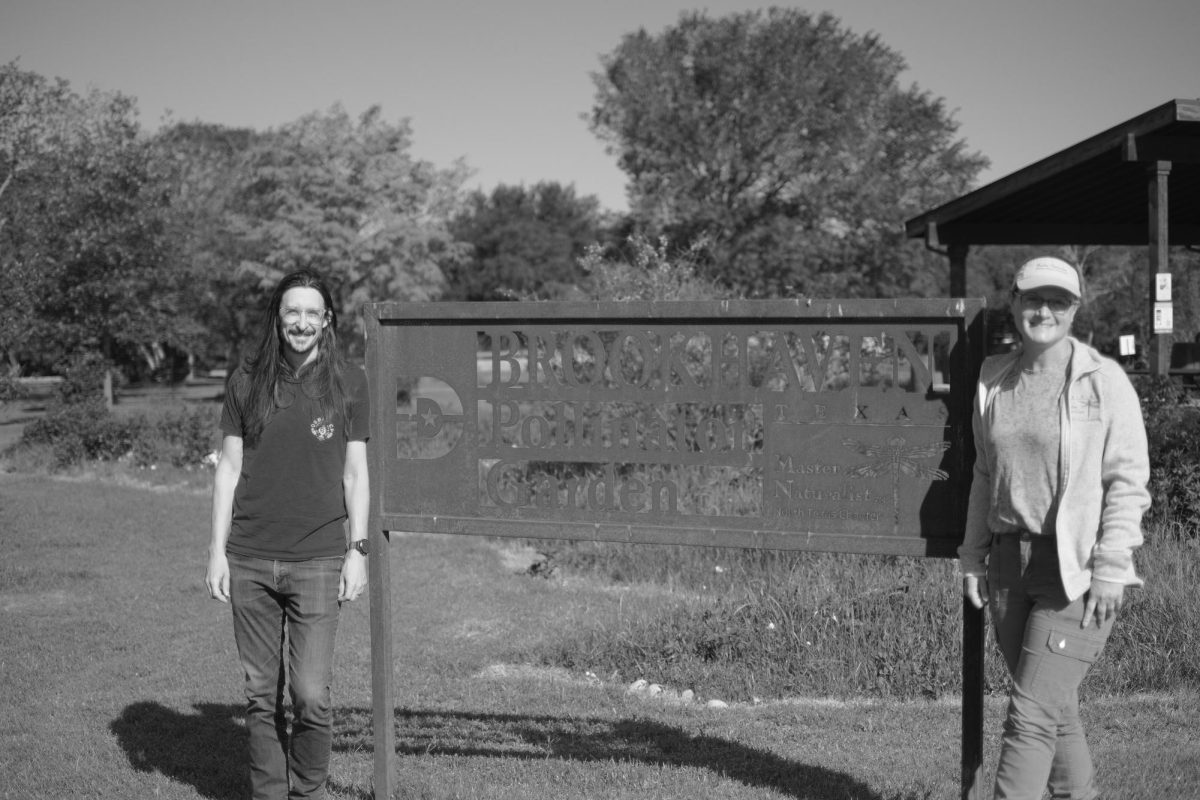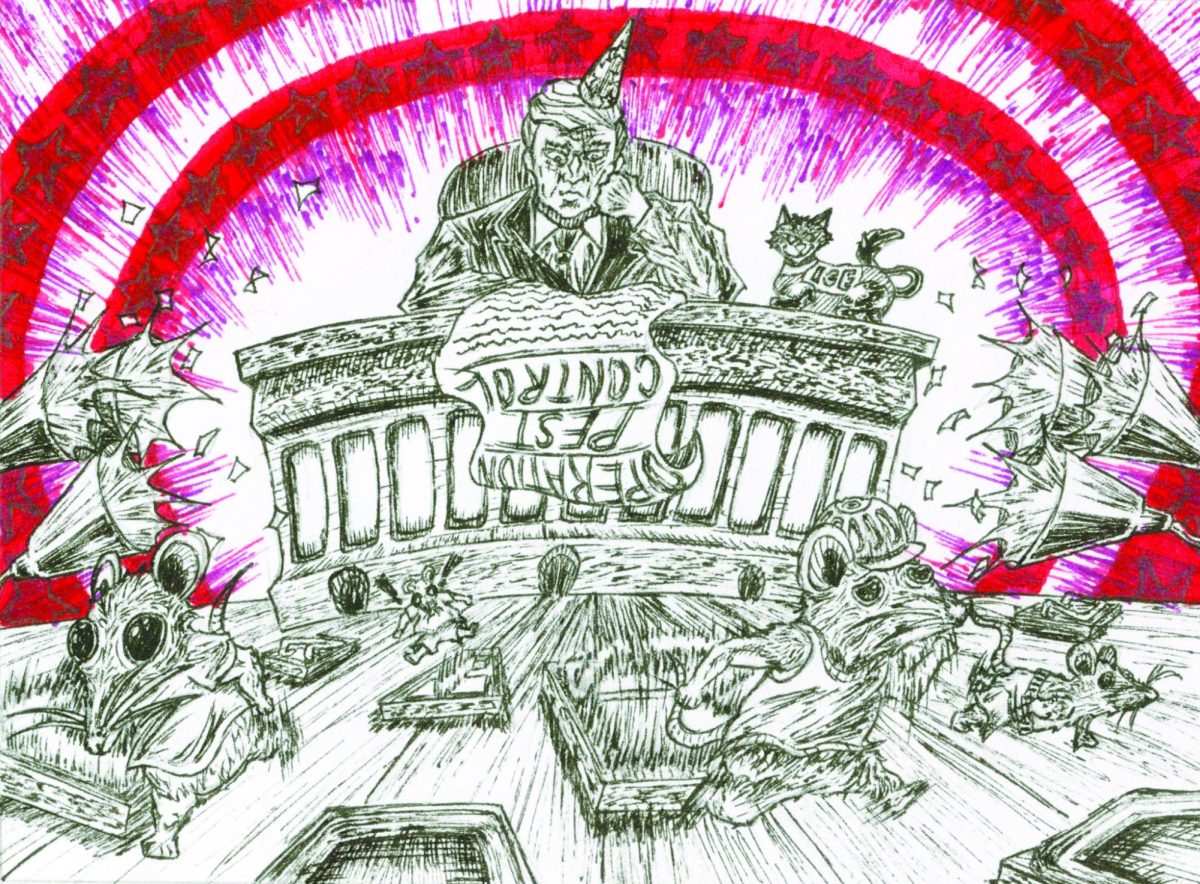Crystal Cherry
Staff Writer

There is a huge collection of trash in the middle of the Pacific Ocean that looks like a bomb full of plastic scrap exploded, leaving behind a gigantic load of killer waste. This floating junk heap is known as the Great Pacific Garbage Patch and scientists estimate it to be as large as the state of Texas, according to a report by CNN.
Located in the north region of the Pacific Ocean, this garbage patch has formed as a result of poor waste management over many years, according to non-profit organization Earth Reform’s website.
Brookhaven College biology professor Phil Shelp said, “The material has drifted all the way across the Pacific Ocean and is threatening the ecosystems along the US West Coast.”
Trash such as plastic, glass, aluminum and medical waste is captured in a circular whirlpool caused by wind currents. The motion of the forceful airstream draws in the litter from trash thrown off ships and washed up from the shores of beaches.
Marine animals and birds mistake the debris for food and consume chunks of these harmful materials. These animals eat to survive, but end up dying from their meals. If they do not mistake the trash for food, the animals are still in danger of getting trapped or strangled by the scraps of plastic.
Marine creatures that live at the bottom of the ocean die from not getting the sunlight they need due to the large pile blocking it.
The trash heap is not the fault of any one continent. The entire world is accountable. “Because the Great Pacific Garbage Patch is so far from any country’s coastline, no nation will take responsibility or provide the funding to clean it up,” a National Geographic article reported.
Cleaning up the heap of waste will be difficult. Shelp said, “It will require a very costly effort to protect the already pollution damaged Pacific coastline.”
People like Chris Jordan, an artist and green activist, and Charles Moore, who dis- covered this garbage patch in 1997, will make sure people are aware of the problems of waste management if habits do not change.
In 2009, Jordan traveled to Midway Atoll, an island halfway between Asia and North America that is home to nesting seabirds.
The island is surrounded by the Pacific Ocean and is suffering from the leftovers of human consumption. While at the site, Jordan witnessed the decomposition of birds and chicks. He observed bottle caps, lighters, plastic chunks and other harmful debris in the stomachs of the dead seabirds.
In a National Geographic article, Chris Dinesen Rogers said, “The EPA [Environmental Protection Agency] estimates that more than 100,000 marine mammals die each year from ingestion or entanglement with floating plastic debris.
Recycling plastic helps keep these hazardous substances away from wildlife, while humans also benefit from clean beaches and wetlands.”
For more information, readers can Google “Great Pacific Garbage Patch” and explore images of the island of trash and the suffering animals affected by them.












